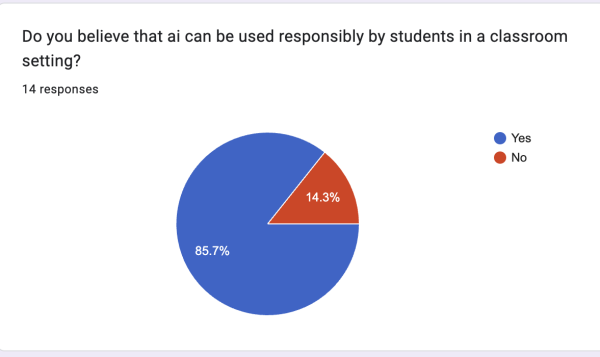NASA Helps Launch New Solar Satellite
On February 10th, a new satellite was launched from Cape Canaveral. The satellite, called Solar Orbiter, is a collaboration between NASA and the European Space Agency. If all goes well, it will be the first satellite to photograph the sun’s poles. For the first time, humans will have images of the top and bottom of the sun.
Solar Orbiter was built in the United Kingdom, and has ten instruments that will measure the sun’s magnetic field, record it’s solar wind, and capture direct images of the sun’s atmosphere and its poles.
The spacecraft will travel up to 26 million miles from the sun. Although that sounds like a long distance, at that point temperatures will reach up to 932 degrees Fahrenheit. Fortunately, the satellite has a heat shield that allows it to withstand temperatures up to 970 degrees Fahrenheit. Interestingly, the heat shield is coated with bone charcoal, the same substance that was used in cave art, which turned out to have excellent thermal properties.
Aside from the excitement of finally viewing something that has never been seen before, photographing the sun’s poles is important for scientific reasons. The sun, and all the planets, are surrounded by something called the heliosphere, which is essentially a giant bubble. That bubble is constantly being inflated by plasma (gases of ions and electrons) coming from the sun, which is known as solar wind. The heliosphere has a large effect on space weather.
Space weather is constantly changing and right now it is very unpredictable. Solar storms can affect Earth by knocking out satellites and power grids. The more we come to depend on technology, the more dangerous that will be. Scientists think that the poles influence space weather because they have a different atmosphere than other parts of the sun, and much faster solar wind. They hope that having more information about the atmosphere of the poles will help them better understand and predict storms.
Solar Orbiter complements the Parker Solar Probe, which NASA launched in 2018. Parker has provided scientists with a lot of information, but it will pass too close to the sun to take images (it has to withstand temperatures of 2 million degrees Fahrenheit). Solar Orbiter will pass just far enough away that it’s cameras can withstand the heat, doing what Parker cannot. Together, these spacecrafts are providing scientists with more information about the sun than ever before.
It will take about two years for the satellite to reach the sun’s orbit. Right now it is in the process of testing its instruments to make sure they will work when it reaches the sun. The mission will last about a decade, and the satellite will orbit the sun more than 20 times.
The images won’t arrive for a while, but a new era of solar research has already begun. For every mile Solar Orbiter speeds through space, humans grow a little closer to understanding and predicting how the sun affects Earth.

Hello! I'm a Senior at Hellgate and this is my second year writing for the Lance. In addition to writing, I enjoy mountain biking, playing cello, and competing...




